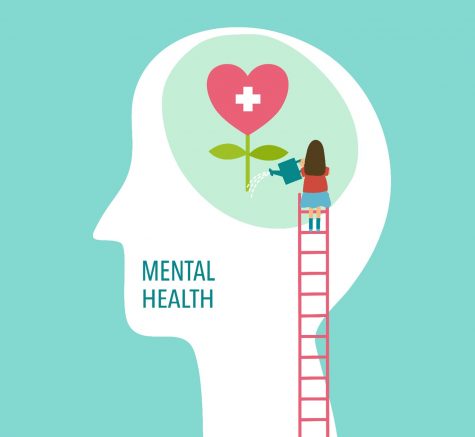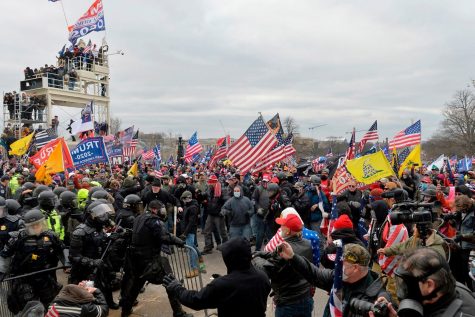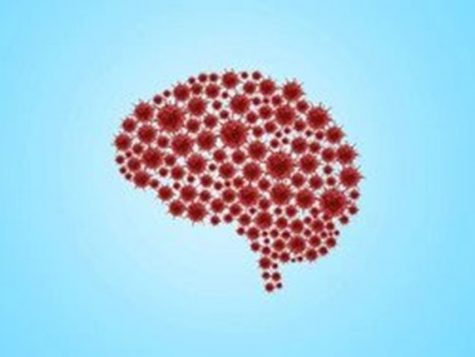BEYOND: Pondering a Life That Could Have Been
In early March 2020, the severity of the anomalous disease, coronavirus, became strikingly more evident, prompting entire countries to shut down altogether. The trend of lockdown is not lost on the U.S., as several states did shut down in their entirety. Despite what appears to be rapid action, such events amount to very little in terms of precautionary movement. Suddenly, it has been a year and coronavirus (now COVID-19) -related fatalities have garnered greater numbers than the seasonal flu ever could. If the handling of this misfortune had been more strict early on, however, the resumption to a “normal” life may well have been more grounded in reality. This foregone chance of normality has led many to simmer in the faults of truth, leading the U.S. population to ponder the question: How different could life have been?
March 2020 presented many challenges and highlighted equally as many pitfalls. Roads were fundamentally quiet, store shelves were bare and the greater U.S. population had been officially introduced to the beginning stages of a quarantined lockdown. It was within this trying time that the most significant decisions were due for the utmost attention. After the country declared a national emergency, many U.S. government forces scrambled to make decisions in the interest of brevity. Masks and social distancing became widely encouraged, and store trips were only recommended if truly essential. Emphasis on such protocols was widespread, leaving low tolerance for abandonment…but not for long.
As the month dwindled, so did the enforcement of prevention protocols. In the pandemic’s infancy, blurred lines stained the surface of the early U.S. lockdown. Not all states mandated stay-at-home orders. Improper distinctions of what provokes virus transmission and inhibiting such behavior from occurring became much more common. Clarifying the difference between essential and non-essential further remained a frequent topic of discussion. The dismissal of mask usage became adopted by large groups. Not to mention an egregious lack of adequate personal protective equipment and testing for the masses. With inadequate governmental assurance and enforcement, virus containment was bound to collapse. This premature lack of performance only resulted in a society far more familiar than that of the past – scarred and vanquished.
However, if the U.S. had handled the pandemic swiftly and with the highest degree of diligence, how different would life be? How does one imagine an instant post-COVID world? Free of fear, panic or worry? Spending more time to appreciate the little things? Relaxing near a serene beach? Perhaps, attending a concert with 20,000 other attendees? It almost seems foolish to imagine a reality so distant. The utopia-like dissonance of such a possibility makes it hard to visualize. Nonetheless, it is actually happening for some countries at this very moment. New Zealand, Taiwan and Vietnam are all currently free of COVID frenzy. Even Wuhan, the original focal point of COVID-19, has been reintroduced to normal life. For these countries, a life after COVID-19 means rejoicing and enjoyment.
One may wonder if there was ever a chance for regularity or composure within the U.S., which may be a valid question. The answer to such an inquiry is yes. Swift attentiveness would have been the key to avoiding mass chaos on the current scale, incidentally saving thousands of lives. A diligent response just a week or two earlier, studies show, could have changed the trajectory of the pandemic in the U.S. drastically. Emphasizing social distancing, mask-wearing, hard lockdowns and even providing economic relief in a timely manner would have prevented the year-long struggle (thus far). Furthermore, this hypothetical response could have provided normalcy after a much shorter period of restriction. The certainty of normal routine would not have been questioned, much less threatened for an indefinite period of time.








